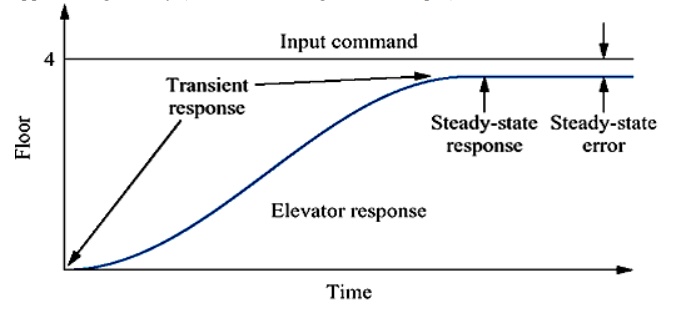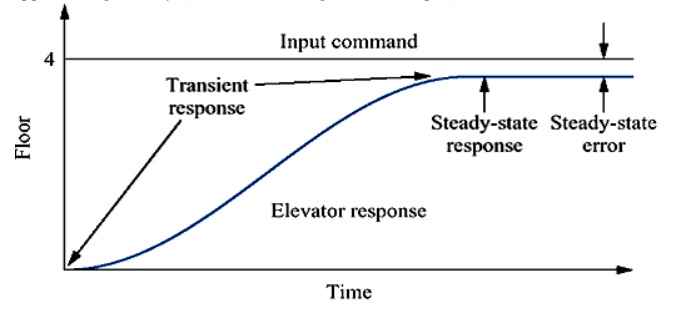Chapter: Control Systems : Time Response Analysis
Time response analysis

Time response analysis
It is an equation or a plot that describes the behavior of a system and contains much information about it with respect to time response specification as overshooting, settling time, peak time, rise time and steady state error. Time response is formed by the transient response and the steady state response.
Time response = Transient response + Steady state response
Transient time response (Natural response) describes the behavior of the system in its first short time until arrives the steady state value and this response will be our study focus. If the input is step function then the output or the response is called step time response and if the input is ramp, the response is called ramp time response ... etc.
Classification of Time Response
· Transient response
· Steady state response
y(t) = yt(t) + yss(t)
Transient Response
The transient response is defined as the part of the time response that goes to zero as time becomes very large. Thus yt(t) has the property
Lim yt(t) = 0 t -->∞
The time required to achieve the final value is called transient period. The transient response may be exponential or oscillatory in nature. Output response consists of the sum of forced response (form the input) and natural response (from the nature of the system).The transient response is the change in output response from the beginning of the response to the final state of the response and the steady state response is the output response as time is approaching infinity (or no more changes at the output).

Steady State Response
The steady state response is the part of the total response that remains after the transient has died out. For a position control system, the steady state response when compared to with the desired reference position gives an indication of the final accuracy of the system. If the steady state response of the output does not agree with the desired reference exactly, the system is said to have steady state error.
Related Topics